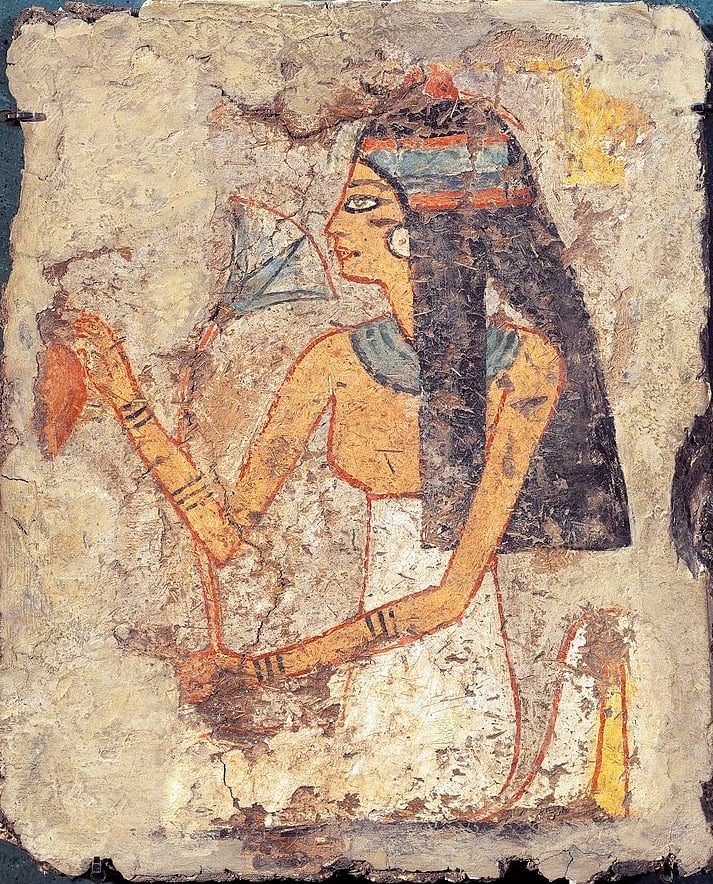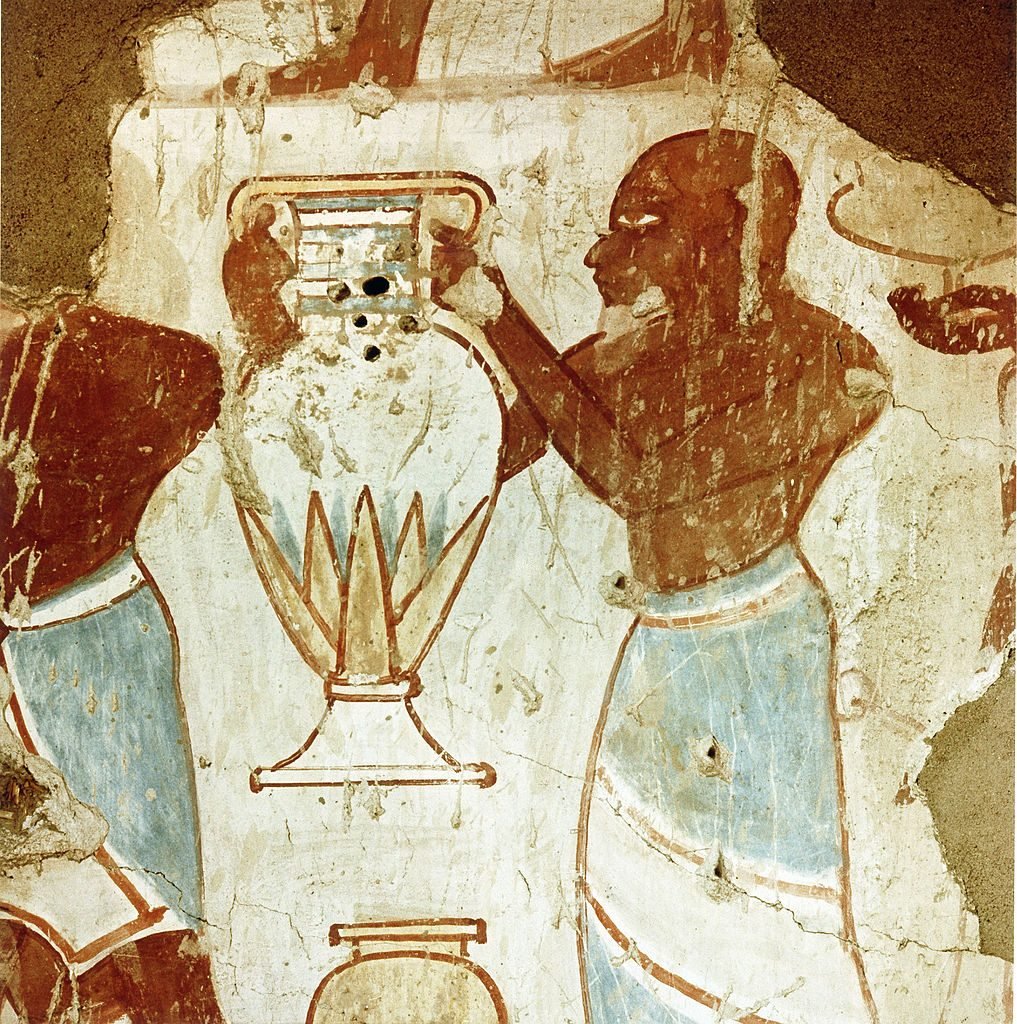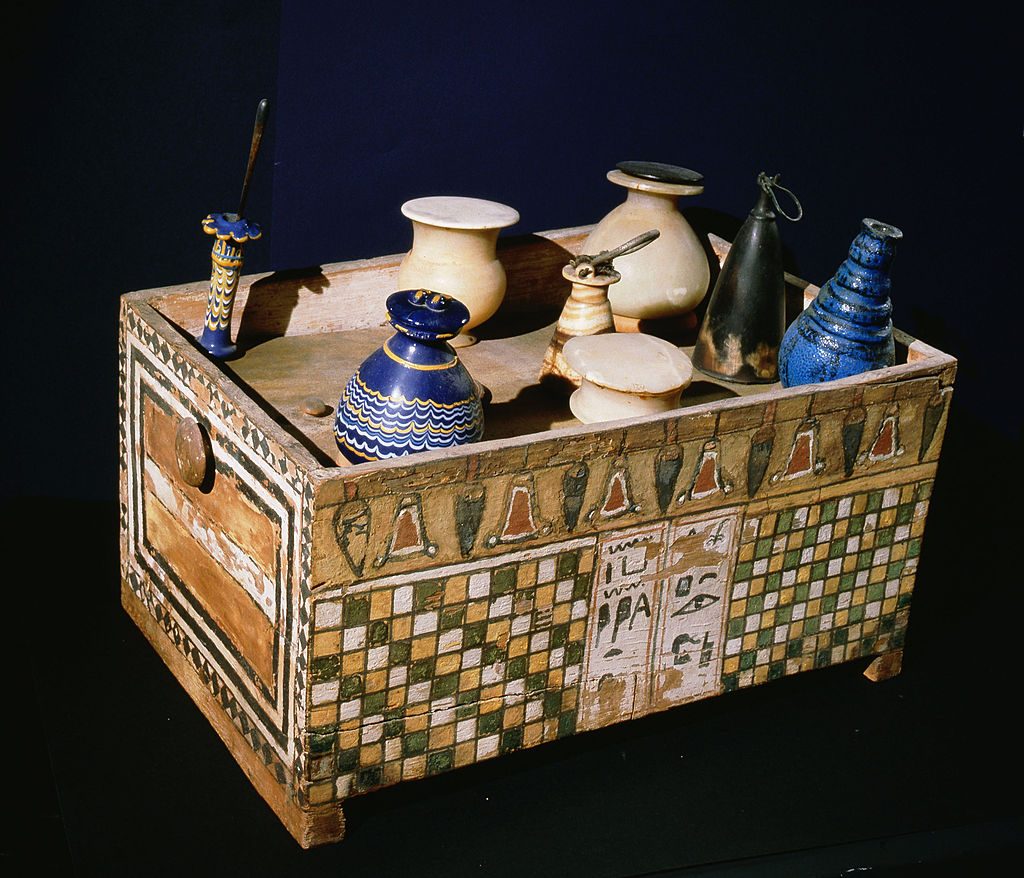Archaeology & History
Want to Smell Like Cleopatra? Researchers Are Combining Ancient and Ultra-Modern Techniques to Recreate Historical Scents
Old pots, ancient trash pits, and even human teeth are treasure troves of evidence.

Old pots, ancient trash pits, and even human teeth are treasure troves of evidence.

Jo Lawson-Tancred

Our understanding of the ancient world, much of which remains a mystery, owes a lot to excavated objects like pots or jewelery, uncovered lost cities, and documents that remain from everyday life.
Yet one aspect of daily experience in the distant past that’s been harder to capture is scent.
Smells—both pleasant and unpleasant—were undoubtedly a prominent part of daily life for ancient peoples, who ate foods, made waste, and even produced scents for personal use or as part of ancient rituals.
Only very recently have researchers begun recreating these scents, sometimes with the aid of technologies that were inconceivable decades or even years ago, and sometimes with much simpler tools.

Wall painting from the tomb of the scribe Horemheb, depicting a man bearing an offering of a jar, probably containing fragrant oil, Egypt. Photo by Werner Forman/Universal Images Group/Getty Images.
In recent years, researchers Dora Goldsmith and Sean Coughlin have—for the first time in a millennium—recreated the once much-sought-after Mendesian perfume that may have been worn by Cleopatra.
The project was inspired by a major archaeological dig at Thmouis near Mendes, where what appears to have been a fragrance factory was uncovered complete with kilns and clay containers. But the scholars were also aided by a recipe deciphered from surviving Ancient Greek texts.
The pair then began to experiment with time-honored ingredients including cinnamon, myrrh, desert date oil, and pine resin to concoct their fragrance.
The resulting scent is intense, with notes that are both spicy and sweet, according to a paper published in Near Eastern Archaeology in September 2021.

Decorated box of flasks and jars holding fragrances and cosmetics from the tomb of Merit, wife of royal architect Kha, Egypt. Photo by Werner Forman/Universal Images Group/Getty Images.
Other researchers have taken advantage of scientific advances to gather an aromatic impression of the past.
In this month’s Journal of Archaeological Science, Jacopo La Nasa from the University of Pisa and his team studied pots from the Ancient Egyptian tomb chapel of the architect Kha and his wife, Merit.
La Nasa and his team used a mass spectrometer to pick up chemical residues left by decayed material, and have so far been able to detect fats, oil, and beeswax, which were used as bases for ointments at the time.
Other vessels were found to have once held flour and fish, but any lingering scent has so far remained elusive.
In March, researchers at the Max Planck Institute for the Science of Human History in Jena, Germany, published a paper outlining their own biomolecular and omics techniques to detect what they’ve termed “smellscapes.” In the report, they suggested that evidence could be obtained not only from pots and incense burners, but also from trash pit debris and even the tartar left on human teeth.
Their research has so far centered on the dig at Tayma in Saudi Arabia, thought to be the site of the ancient Incense Route by which frankincense and myrrh travelled from the Arabian Peninsula through the Mediterranean.
Elsewhere, scholars have been studying the scents of other eras. In 2021, an exhibition at the Mauritshuis in The Hague included scent exhibits recreating 17th-century Dutch canals and other Golden Age pleasures.